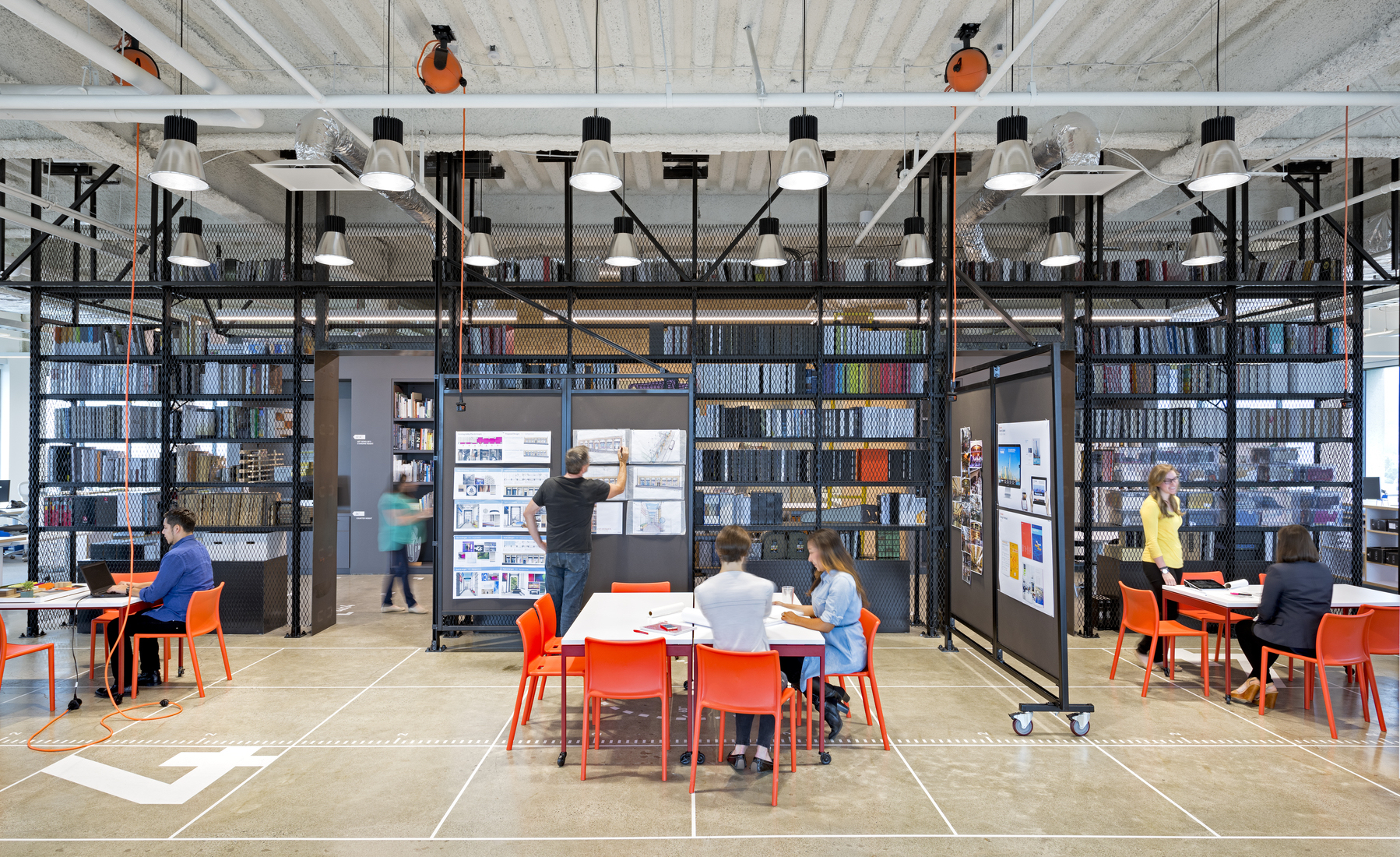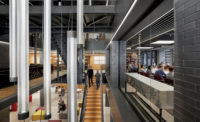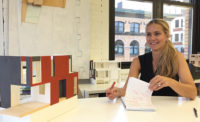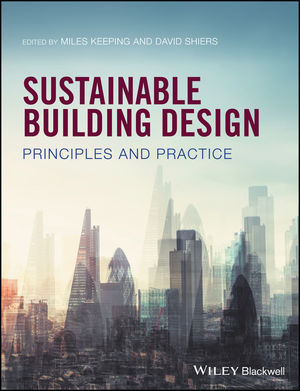In cities across the country, a profusion of construction cranes points to a bustling building climate, which should make architects happy. Not so fast. Despite a sound economy, architecture is facing a reckoning. This special section (which also serves as Continuing Education—see below), examines firms of varying sizes and the challenges—and opportunities—they face today, with greater competition and client expectations, as well as an outmoded business model and the urgent need to evolve along with technology.
Small Firms • Medium Firms • Large Firms • Extra Large Firms
Why the Field of Architecture Needs a New Business Model
Structural Design and Thinking in Approximations
Artificial Intelligence and Machine Learning in Architectural Design
Technologically Savvy Firms Expand the Definition of Practice
|
Continuing Education
 To earn one AIA learning unit (LU), read all eight articles in "The Future of Practice" special section and complete the online test. Upon passing the test, you will receive a certificate of completion, and your credit will be automatically reported to the AIA. Additional information regarding credit-reporting and continuing-education requirements can be found online at continuingeducation.bnpmedia.com. To earn one AIA learning unit (LU), read all eight articles in "The Future of Practice" special section and complete the online test. Upon passing the test, you will receive a certificate of completion, and your credit will be automatically reported to the AIA. Additional information regarding credit-reporting and continuing-education requirements can be found online at continuingeducation.bnpmedia.com.Learning Objectives 1 Explain the promise and limitations of machine learning as they relate to design and architecture. 2 Discuss how architecture firms of various sizes are adapting to and staying ahead of rapid technological change. 3 Describe new services and areas of practice that firms are expanding into, beyond the traditional boundaries of architecture. 4 Explain how an outcome-based delivery method could improve architectural compensation.
AIA/CES Course #K1806A
For CEU credit, read "The Future of Practice" and take the quiz at continuingeducation.bnpmedia.com, or use our Architectural Record Continuing Education app, available in the iTunes store. structure, finishes, and other original fabric when
a building is moved.
significant buildings.
|







